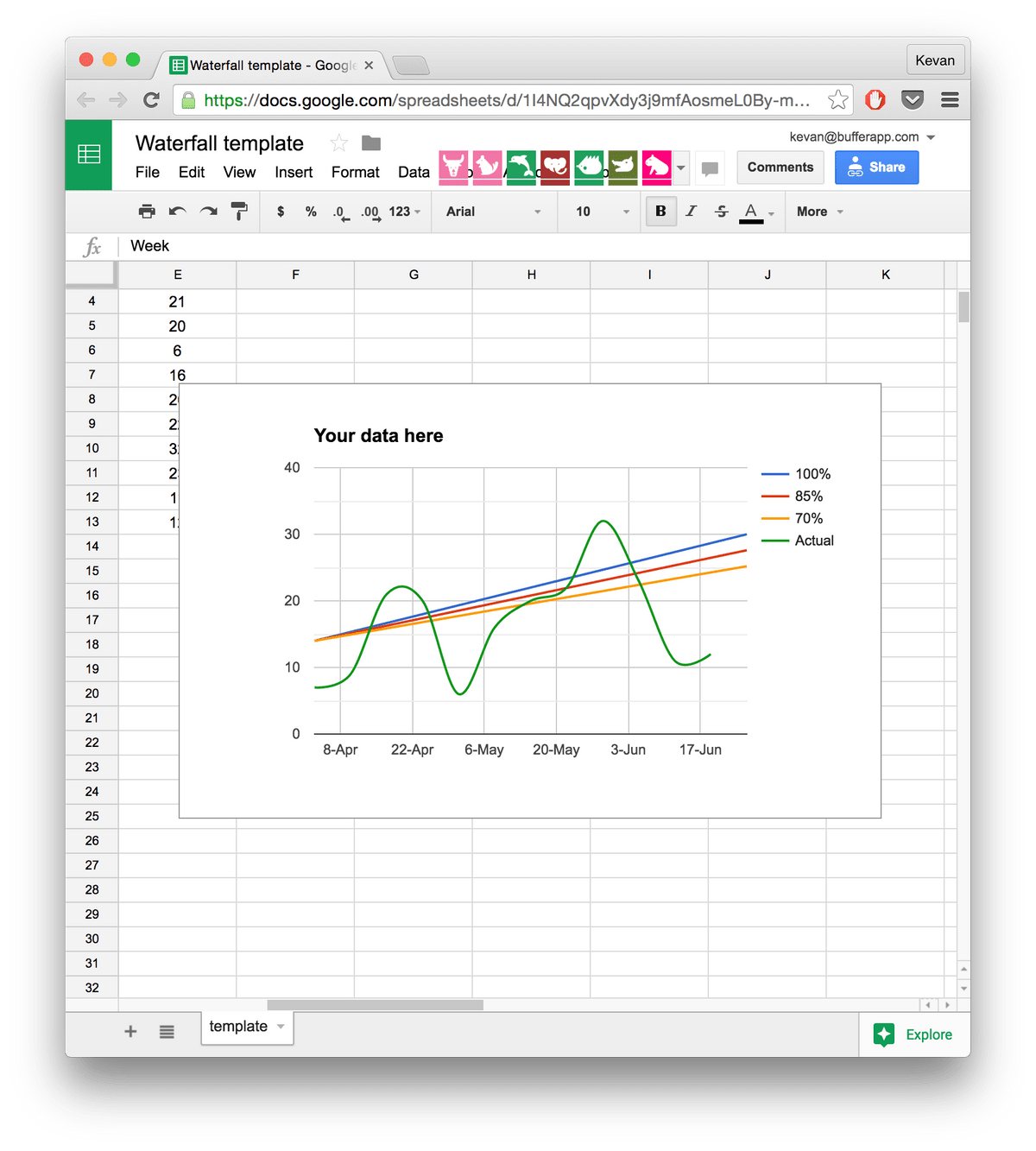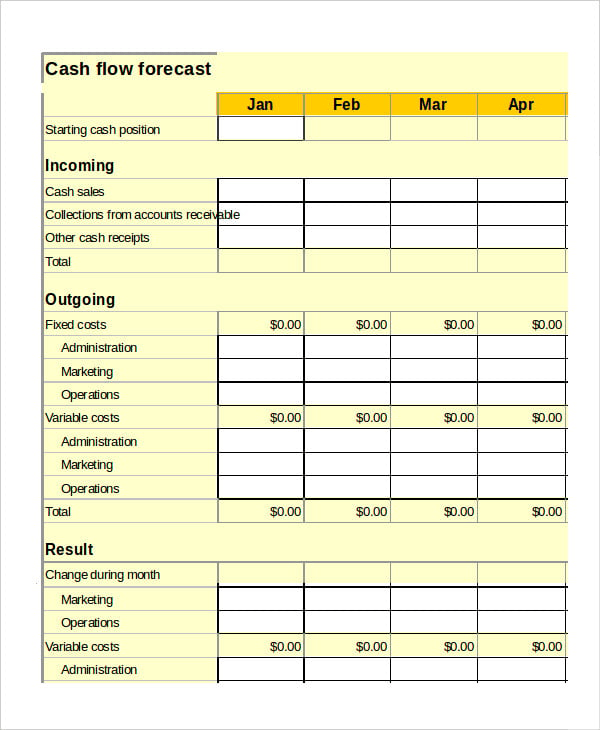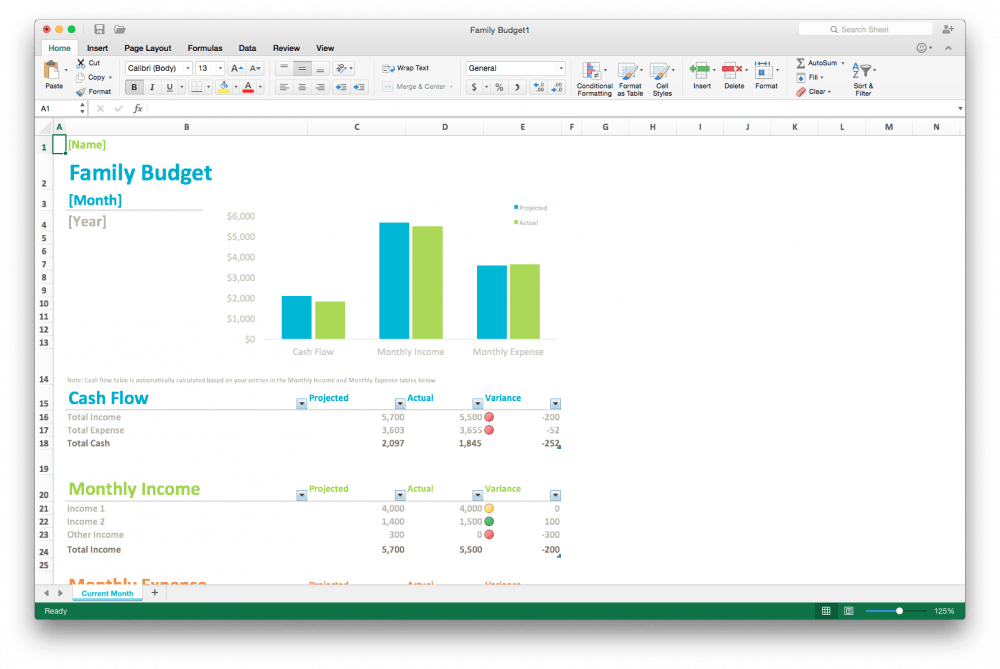Let’s get rid of all that extra time first. Our Excel gantt chart also covers much more time than we need. The first thing you may notice is that the dates in the horizontal axis aren't actually dated. 3. Format the Excel gantt chart and its data Now select the data in the Start Date column.Īdd a second entry for “Duration,” and select the Duration column.Ĭlick the Select Data Source button in the Horizontal Axis Labels field, then select the entire Task column. Name it 'Start Date ,' and then click on the Y values field. Insert the chart anywhere in the worksheet, then right-click and choose Select Data.Ĭlick the plus under the Legend entries section to add the first data set.
Insert a ‘Stacked Bar Chart’ from the Insert menu Place your mouse on the right corner of E2 until you see a black + sign and double-click or drag your mouse down to paste the formula in the remaining cells in column E. If you started in different cells in your worksheet, you’ll need to adjust this formula accordingly. TIP: It’s best to have the Duration field calculate the appropriate duration of the task based on the start and end dates.
Then, format the columns as the following: Create columns for Task Name, Start Date, End Date, and Duration, and fill those cells with information from your project.



